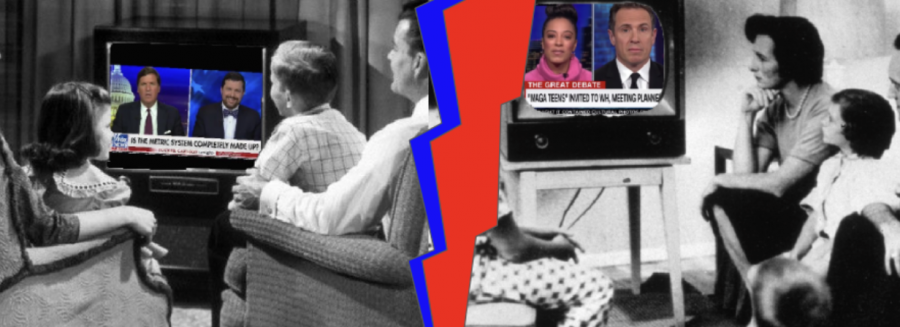A few weeks ago as I was entering the Brown auditorium on my way to assembly, a teacher gestured towards me and asked for my name. She prepared to write my name down next to others on her notepad and informed me that my dress was “too short.” Dismayed, I placed my arms to my sides, exhibiting that the hem of the dress fell below the tip of my middle finger while explaining to her that the handbook “roughly” defines “appropriate length” as “longer than fingertip length when hands are at sides.” Unconvinced, she proceeded to add my name to her list. Many other girls say they have experienced comparable situations; some received detention, some did not.
Because the “fingertip rule” is only “roughly” defined and thus can be interpreted in a variety of ways by a variety of faculty members, it is too subjective and makes it unfairly difficult for girls to decipher which dresses and skirts are appropriate for professional dress days. Though most other schools in the Houston area such as St. John’s and Episcopal go by the same “roughly fingertip” guideline for their uniforms, more and more schools around the country are abandoning dress codes entirely, and perhaps Kinkaid should do the same.
According to Mr. Josh Ramey, Dean of Students, 27 girls and 34 boys have received detentions this school year due to dress code violations. Though these numbers are fairly equal, boys are receiving their dress code violations because they neglected to wear a belt or forgot to wear the dress uniform. However, girls receive dress code violations primarily because their dresses or skirts are thought by the enforcers to be too short.
Even though the Governing Council spent a significant amount of time revising the dress code last year, some rules still seem to be directed towards female students. The previous dress code required knee-length garments; however, it was loosely enforced. The code was slightly revised by the Governing Council last year to the current length restriction: roughly finger-tip. Last year, dress code violations were punished simply by requiring a student to make-up the dress day on a regular day. Now, the punishment is a 30-minute detention. Whether or not students receive one heavily depends on the teacher’s or administrator’s discretion, whatever their personal opinion of modesty is, and what they think falls under the guidline of “appropriate.”
One could argue that girls bring the burden upon themselves because they could easily just wear long dresses, skirts, or shorts. However, roughly-below-the-fingertip length dresses, skirts, and shorts are not as fashionable for teenage girls right now; therefore, finding these clothes is unnecessarily stressful.
Most of Kinkaid’s female students rifle frantically through their closets before every dress day, attempting to find a dress that won’t get them sent to detention. Girls are forced to spend money on dresses and baggy pants that they might not wear outside of school, all in order to avoid detention.
On non-dress days, boys are often given detentions for wearing somewhat out-of the-ordinary styles, such as baggy sweatpants or bro tanks; on the contrary, girls are often given detentions for wearing popular female clothing like yoga pants and short shorts. Because students attend Kinkaid almost every day of the week, why shouldn’t we be able to dress in our everyday clothes?
It is not Kinkaid’s fault that today’s fashion dictates that girls wear shorter, tighter outfits than boys. That said, Kinkaid should make more of an effort to include today’s dressing norms in our dress code. Though it seems radical, there is no convincing reason why the dress code shouldn’t be done away with entirely.
No two people have the exact same proportions: some girls may have short arms; some girls may have a long torso; some girls may have long legs. These are all variables that support the argument of the “roughly defined … fingertip” guideline being too subjective.
I suggest that unless a Kinkaid student is wearing a garment that is short or low-cut to the extent that her undergarments are showing, she should be given the benefit of the doubt regarding her intentions in the choice regarding what to wear to school.
A significant issue with our dress code is not the dress code itself but the manner in which it is enforced. Though not concrete, one solution could simply be for the administration to encourage the faculty to enforce the dress code more leniently and without bias. However, a more effective solution is simply to abolish the dress code entirely as it would be in line with modern times and fashion.







